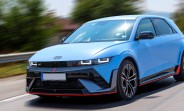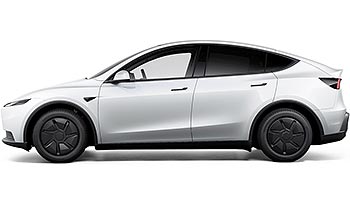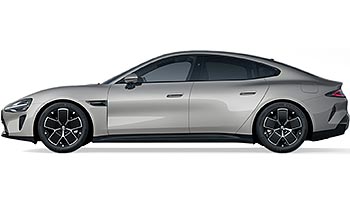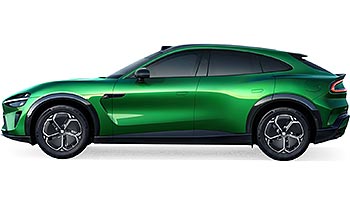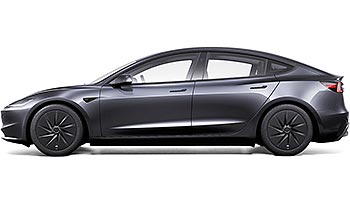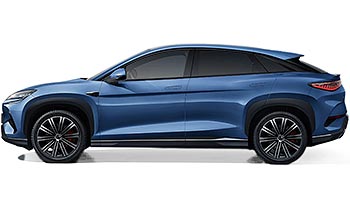Hyundai Ioniq 6 N is a 650-horsepower EV that fakes it to make it
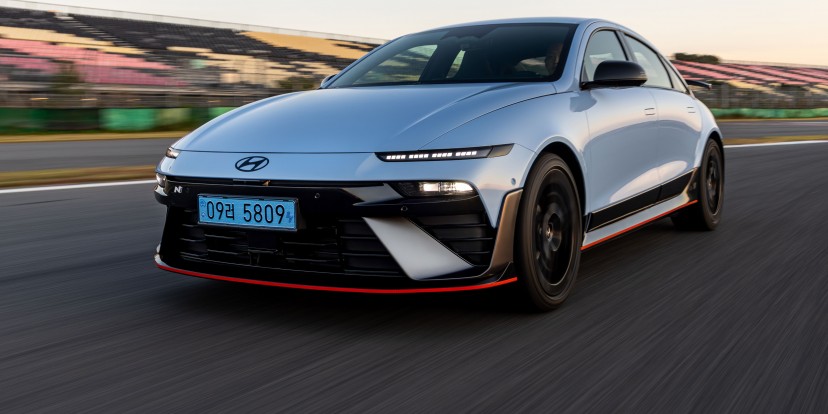
Hyundai's high-performance N division has finally revealed the full details for its latest creation, the Hyundai Ioniq 6 N. It might look like the brand's "electrified streamliner" sedan, but this version is a track-focused monster.
It borrows the best bits from the celebrated Ioniq 5 N and turns them up to 11, adding new hardware and software. The company is currently letting journalists test the car at the Korea International Circuit, and it confirmed a global launch for early 2026.
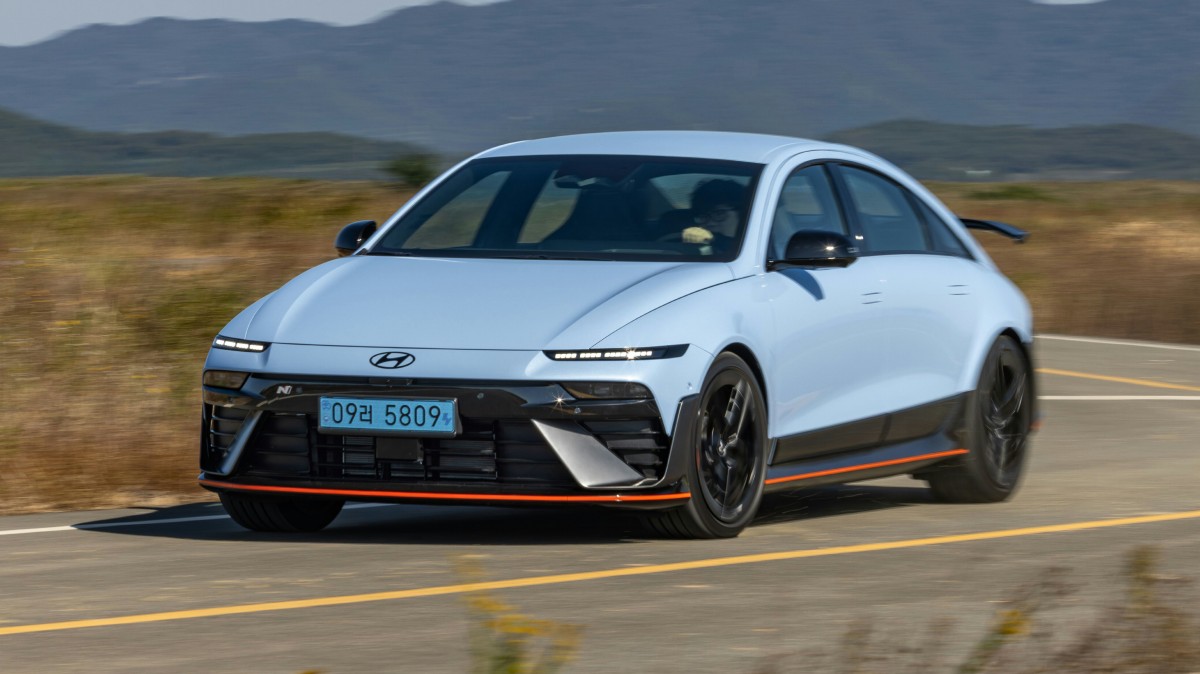
When it comes to electric cars, the first question is always about power, and the Ioniq 6 N delivers. Its dual-motor system produces a standard 609 horsepower (448 kW). But a press of the "N Grin Boost" button unleashes the full 650 horsepower (478 kW) and 568 lb-ft of torque for 10 seconds.
This allows the sedan to rocket from 0 to 62 mph in just 3.2 seconds using N Launch Control, and it will keep pulling to a top speed of 160 mph. The power comes from two motors, a 166 kW unit in the front and a more powerful 282 kW motor in the rear, giving it a rear-biased feel.
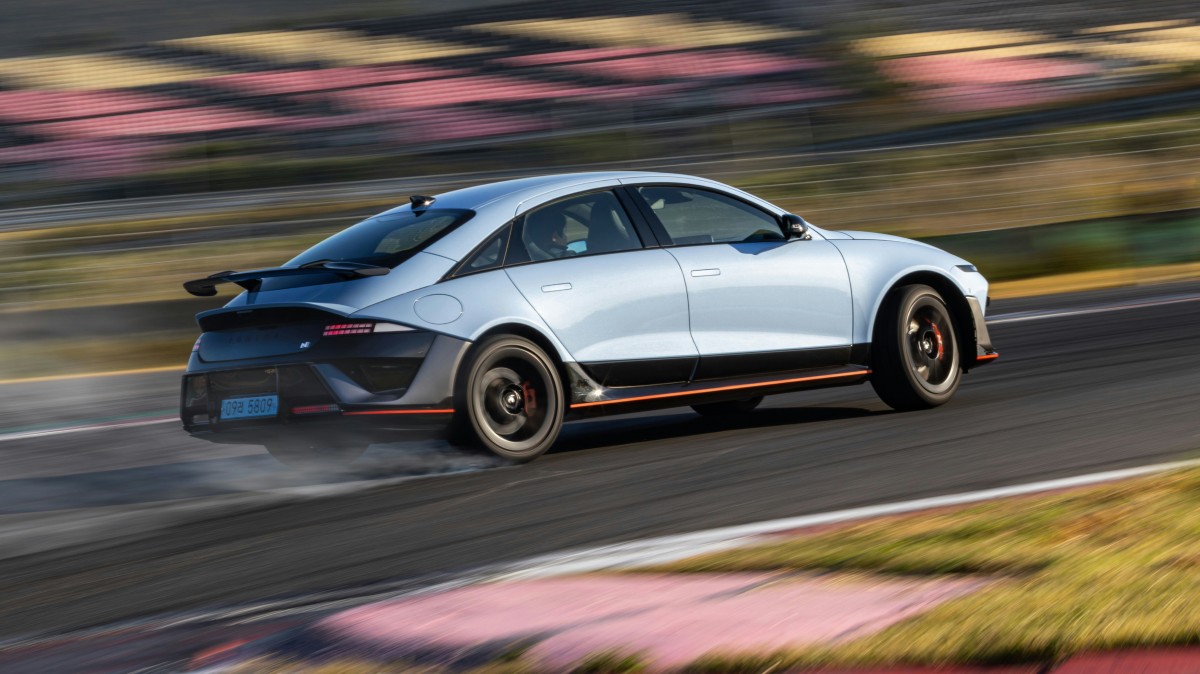
But Hyundai's N brand insists its cars are not just about straight-line speed. They are built to follow three rules: "Corner Rascal," "Racetrack Capability," and "Everyday Sportscar." To earn the "Corner Rascal" name, the Ioniq 6 N's body and chassis are much stronger than the standard car. Engineers added dozens of extra weld points and more structural adhesive to make the frame stiffer, allowing the completely redesigned suspension to do its job.
The car features a lowered roll center for better stability, new bushings, and smart "stroke-sensing" Electronically Controlled Suspension (ECS) dampers. An electronic limited-slip differential (e-LSD) at the rear helps manage all that power and pull the car through turns.
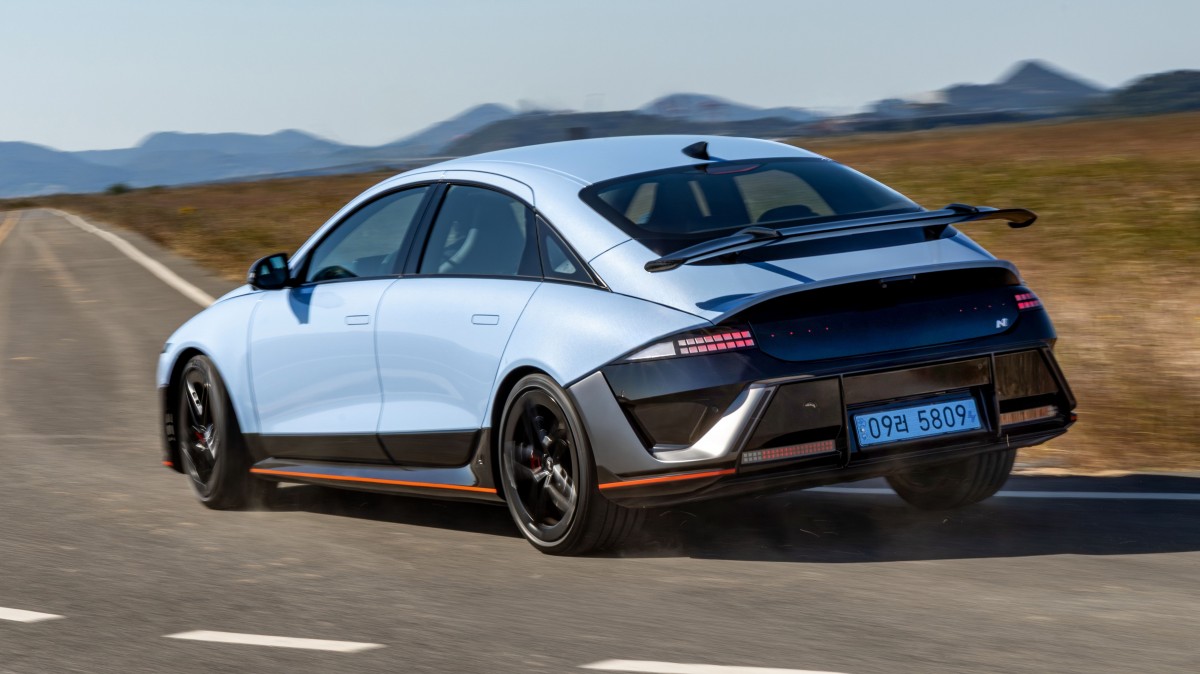
Hyundai knows that many drivers miss the noise and mechanical feeling of a gas engine. So, the Ioniq 6 N is full of clever tricks. The "N e-Shift" system is a virtual transmission. It mimics the feel of an 8-speed dual-clutch gearbox, complete with jolts between "shifts" and a redline.
Paired with this is "N Active Sound+," a system that pumps futuristic, motorsport-inspired, or even jet-fighter-like sounds through 10 speakers. It even has an "N Drift Optimizer," a special mode designed to help drivers of all skill levels hold a perfect slide by managing the car's angle and wheelspin.
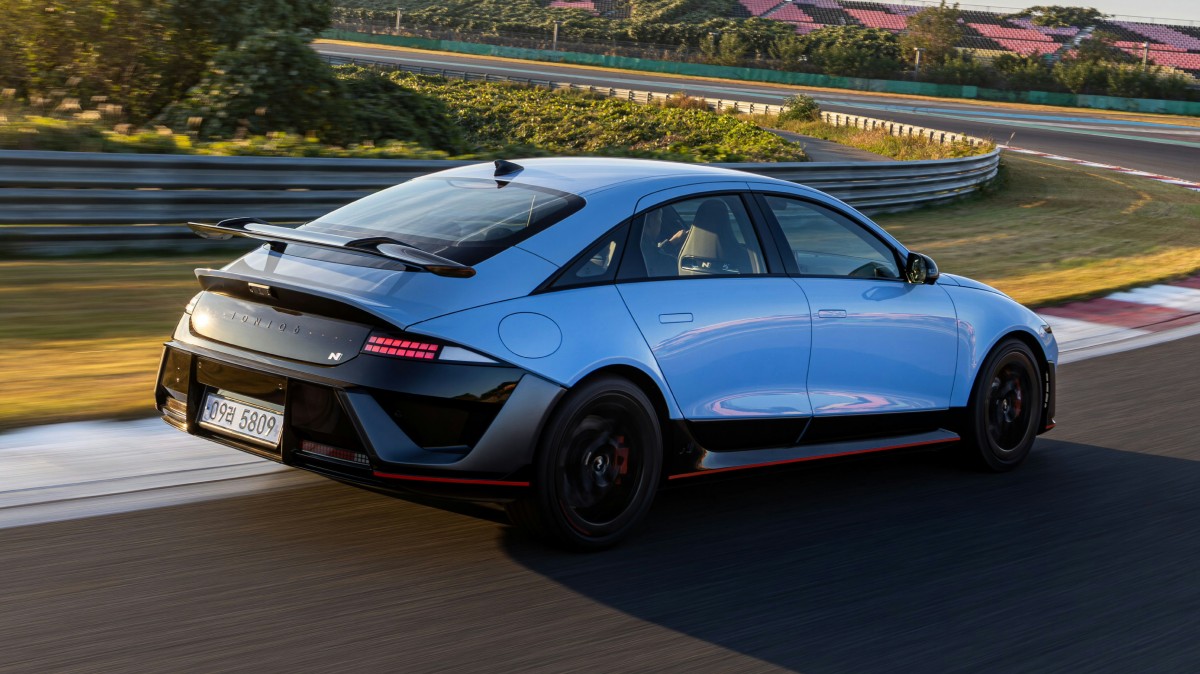
But even a racetrack-ready car must live in the real world. The Hyundai Ioniq 6 N is still an EV, and that means managing a battery. It comes with a large 84.0 kWh battery pack, and thanks to its advanced 800-volt architecture, it can charge incredibly fast. When plugged into a 350 kW DC fast charger, the battery can go from 10% to 80% in just 18 minutes.
The N-specific battery system also includes advanced thermal management and preconditioning, allowing the driver to set the battery for "Drag" (maximum power), "Sprint" (a fast lap), or "Endurance" (multiple laps on a track) to keep performance consistent. Hyundai estimates a WLTP driving range of 303 miles.
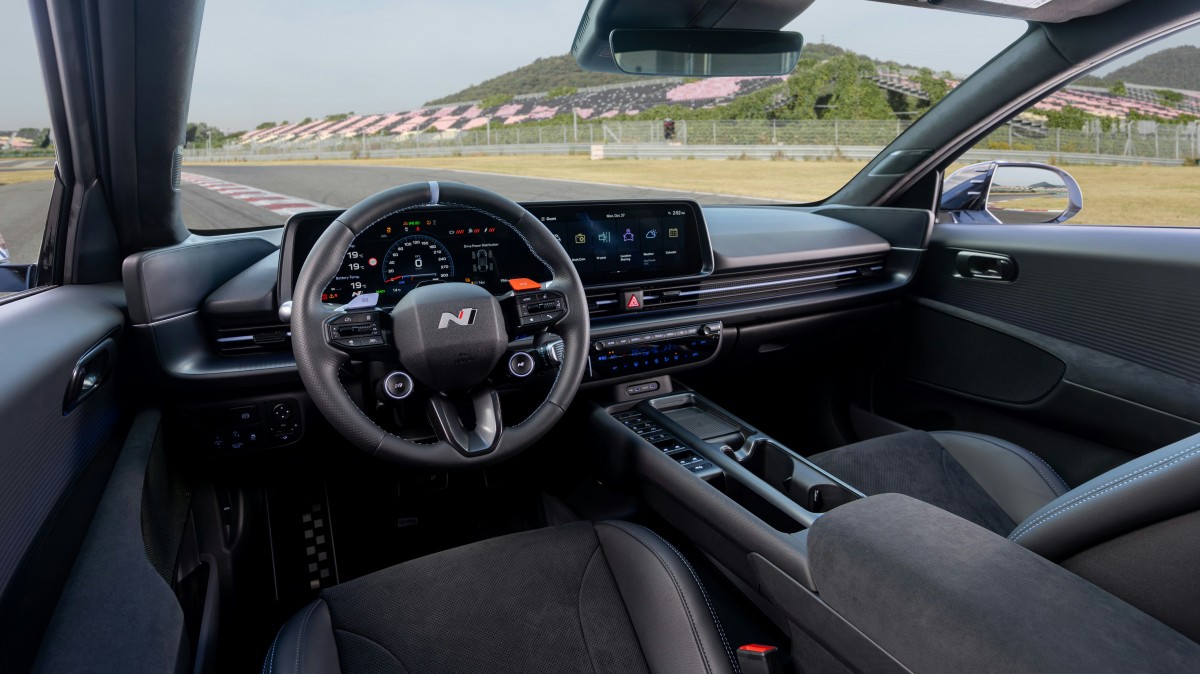
Of course, the Ioniq 6 N looks the part. It is wider than the standard car, measuring 6.36 ft across to cover its 20-inch forged aluminum wheels. These wheels are wrapped in special HN Pirelli P-Zero tires. The car is 16.17 ft long and gets aggressive new bumpers, but the most obvious change is the massive, motorsport-inspired swan-neck rear wing.
This wing, along with other aero bits, helps the car achieve a low drag coefficient of 0.27 Cd and still create enough downforce for high-speed stability. Inside, the cabin is all business, finished in black with "Performance Blue" accents. Deeply bolstered bucket seats are wrapped in Alcantara suede and leather, and a special N steering wheel features two "N" buttons for custom drive modes.
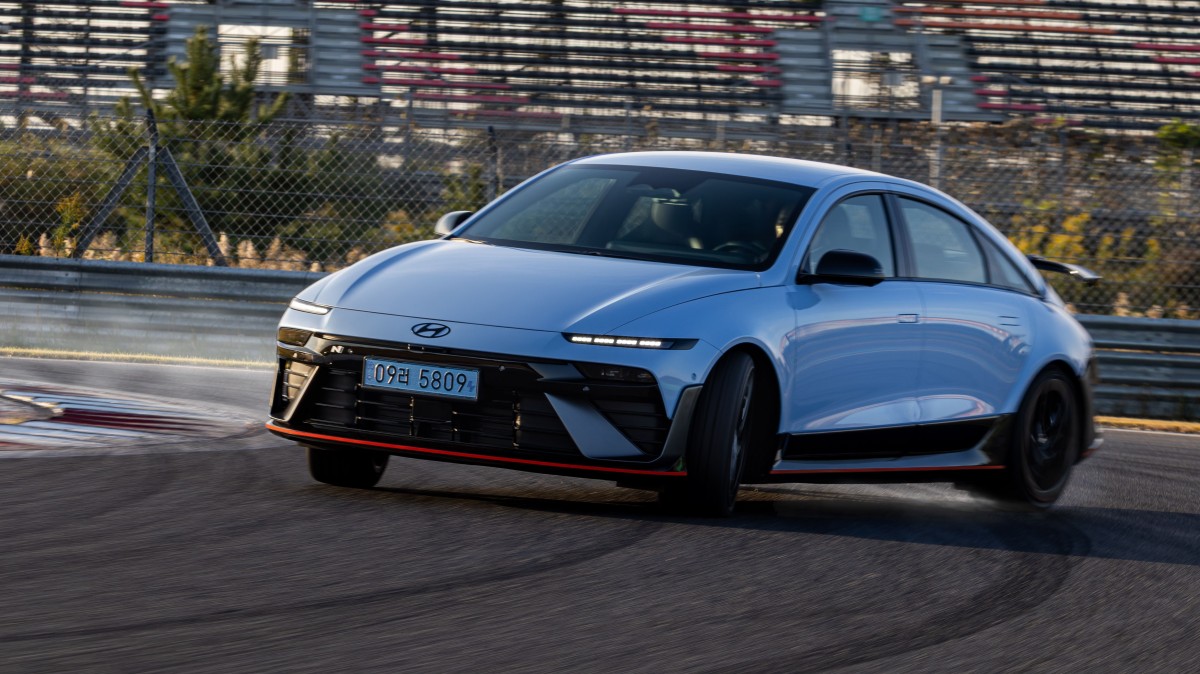
Hyundai has given us every specification except the one many are waiting for: the price. The Ioniq 6 N is not scheduled to hit global markets until early 2026, so the company is staying silent on cost. Speculation suggests it will be priced slightly higher than its sibling, the Ioniq 5 N.
In the UK, rumors place it "well below $96,000," possibly around $92,000, suggesting a US price tag that could start near $70,000. There are other EVs that are as quick (or even quicker) in the same price bracket, but Hyundai is betting that none offer this much track-ready technology and driver-focused fun.
Related
Reader comments
Nothing yet. Be the first to comment.

